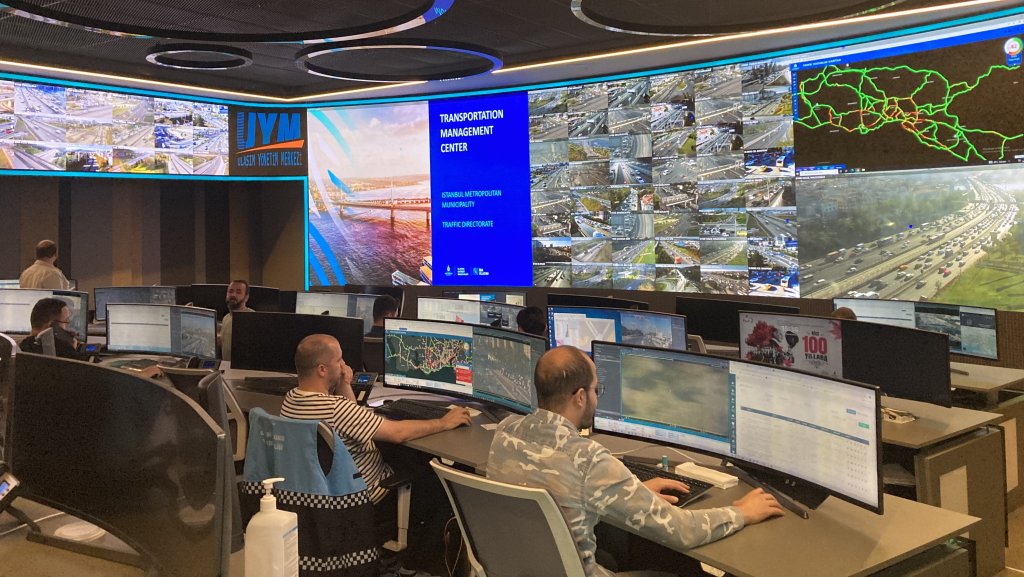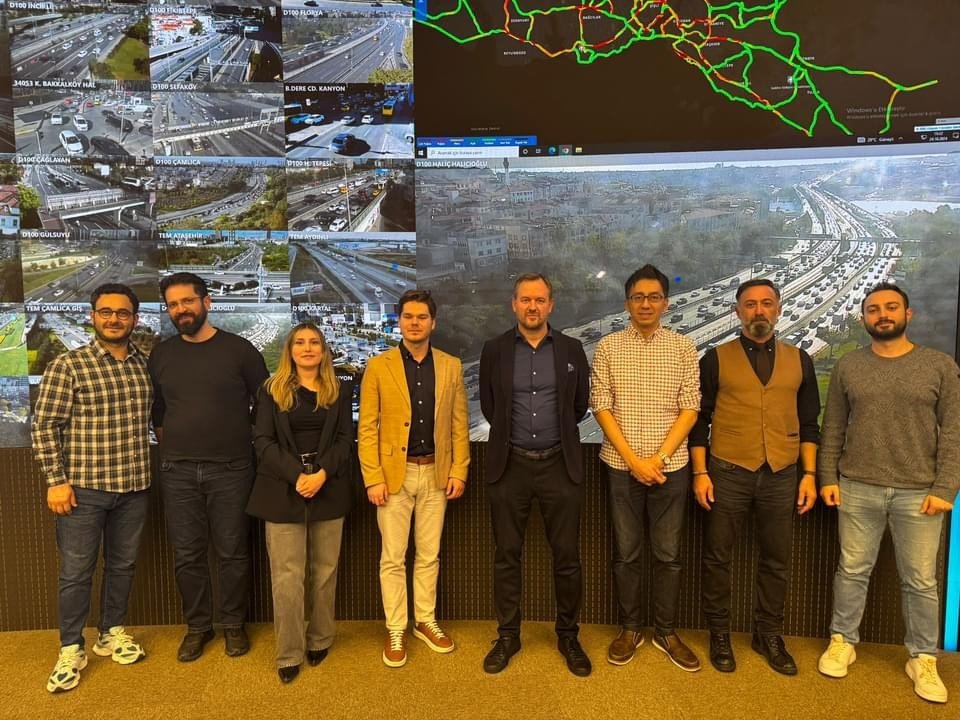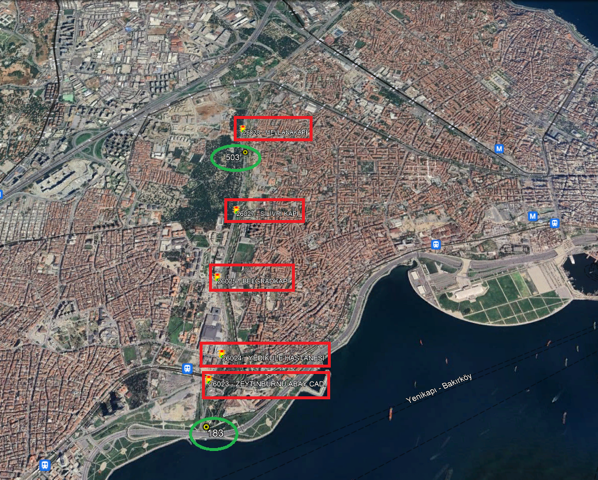News feed
Traffic jams should be prevented, not eased
2025. 07. 23.
This is the motto of the researchers at BME, who are developing an AI-based traffic control solution. For the time being, it is a reference project implemented in Istanbul, but it may lead to a marketable product in the future.
For someone who drives a lot in the city, the basic experience is that traffic lights work quite predictably – perhaps with different cycles depending on the time of day, but otherwise, there is no variation in the rhythm of the green and red light changes. Since traffic is far from being this predictable, it is easy to see that this is not the most optimal method of traffic control.
Researchers at the Faculty of Electrical Engineering and Informatics at BME, in collaboration with their Japanese and Turkish colleagues, are working on making
future traffic lights dynamically controlled by algorithms, rather than rigidly programmed robots.
These smart devices would be able to predict traffic patterns and adapt in advance to changes.
The project called ‘Multi-Input Deep Learning for Congestion Prediction and Traffic Light Control (TRALICO)’ was launched one and a half years ago. A completely new neural network has been developed at BME, which will soon enter the phase of live testing, Vilmos Simon, associate professor at the Department of Networked Systems and Services, the BME coordinator of the project, told bme.hu.
The tests will be conducted in Istanbul, not only because the city is well-known for suffering from heavy traffic jams, but also because it is equipped with fairly comprehensive traffic counting data. Radar and Bluetooth sensors embedded in the asphalt send data to the city's traffic experts, and they even have mobile network data – all of which can be reliably utilised by an AI-based solution.

"The local traffic control centre has been experimenting for quite some time with tapping into the operation of traffic lights in real time, using camera images or other signals. However, instead of such retroactive, manual methods, the aim is to develop a prediction model that can forecast traffic patterns and intervene in a timely and synchronised manner.
So it doesn't manage congestion, it prevents it”,
Vilmos Simon explained in response to our question. It is a pioneering development in this sense – systems similar to TRALICO have reportedly been used in some Chinese cities under the name City Brain, but almost nothing is known about what exactly they are capable of.

Vilmos Simon (r4) and the Istanbul staff
The study on the new neural network, which even takes weather data into account, and the solutions behind it, is currently under review at a Q1 journal. Meanwhile, tests are underway, for the time being on simulators. In real life, this will look like an interface where the phase plans are displayed, allowing interventions to be made approximately half an hour in advance. You wouldn't think it, but “a few seconds of change can cause or prevent traffic jams spanning kilometres,” the VIK researcher added.
For this reason, the real-life deployment will begin with careful fine-tuning, as “our Turkish partners have high expectations for the project, and we need to ensure that we don't cause chaos.” Alongside Vilmos Simon, senior researchers, PhD students and master's students are also working on the project. In Hungary, they have already tested it at an intersection in Pécs, and in Istanbul, they will start with 5 junctions in the Yedikule district.

The selected intersections on the map of Istanbul
The Hungarian researchers will present their results in September, in a dedicated session at an international conference, with representatives from other universities and research institutes, alongside the Turkish and Japanese partners. Vilmos Simon will deliver one of the keynote speeches at the conference, presenting the possibilities of optimising traffic control with artificial intelligence.
Further partnership agreements with cities would be important because local governments have a wealth of underutilised data that could be valuable, whereas purchasing such data from companies is very expensive. There is also interest from other Turkish and Hungarian cities. “We clearly want to commercialise the model, although it is unlikely to be a boxed product because every city is different,” Vilmos Simon said.
pg
